Nanshan Vegetarian Food
Nanshan Vegetarian food amasses the essence of temple vegetarian food, gathering vegetarian diet of royal families and that of common people. Its raw materials include wild mushroom, bean product, Konjac fiber and local seasonal vegetables and fruits. Boasting sophisticated cooking methods and distinctly simulated form and flavour, Nanshan Vegetarian food not only features nutritional value but also aging resistance value. For plastic arts, Nanshan vegetarian food adopts the principle of “eating meat without seeing meat”, in pursuit both content and form. Its raw materials are temple vegetarian food, never using meat or fish. Nanshan vegetarian food has more than 100 dishes, and it could even be said that every course tells a story, which shows a romantic charm of returning to nature.
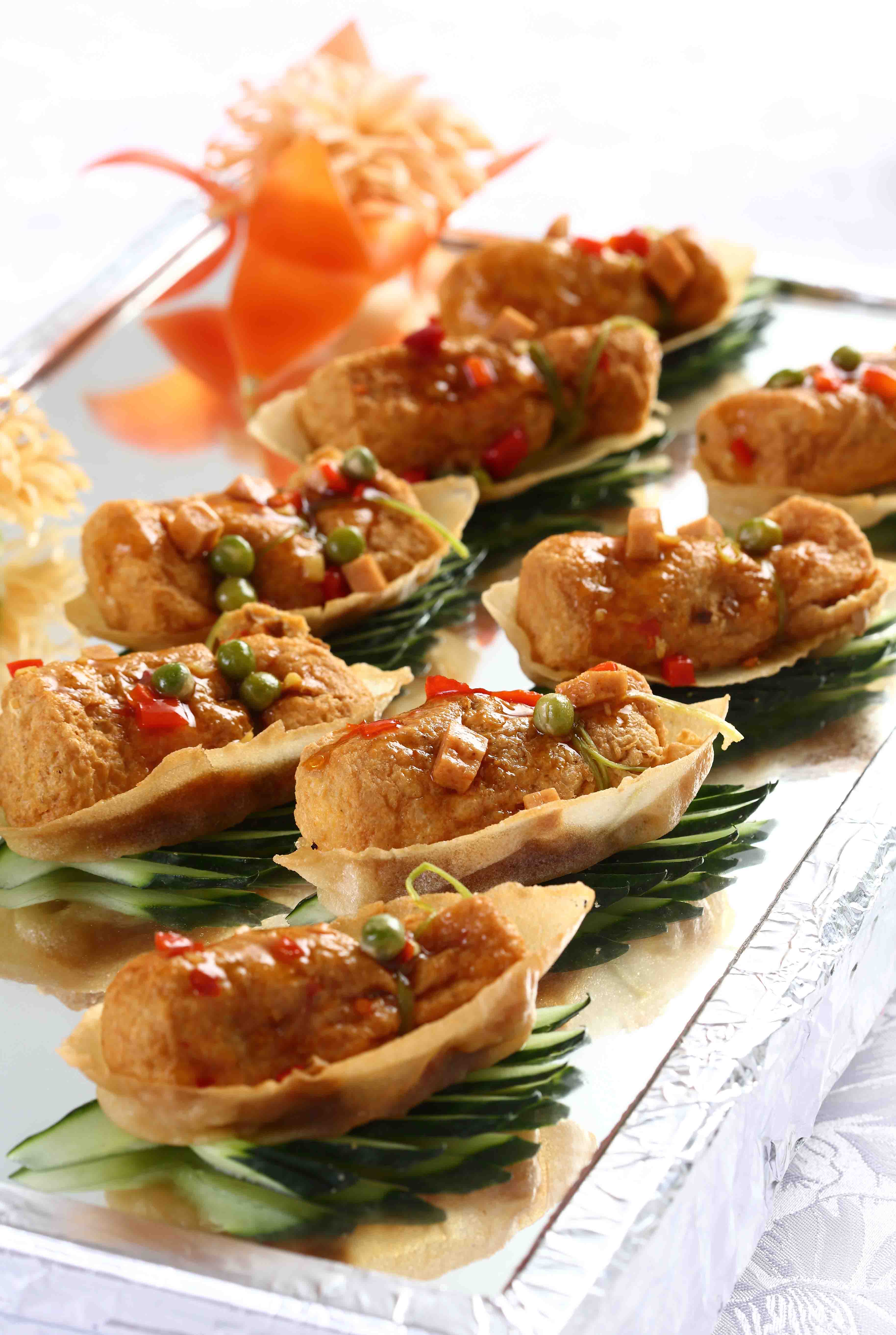
Nanshan vegetarian fish dish showcases the essence of Nanshan Vegetarian food. As one of the“Top Ten Dishes of Sanya”, it vividly presents both delicacy of food and significance of temple culture. This dishsmells fresh and tastes tender and soft. More importantly, the cookig material for the dish is high-Se soybean with abundant proteins and trace elements to enhance man’s immunity, prevent arteriosclerosis and reduce blood sugar and grease, gaining popularity among tourists from metropolises.
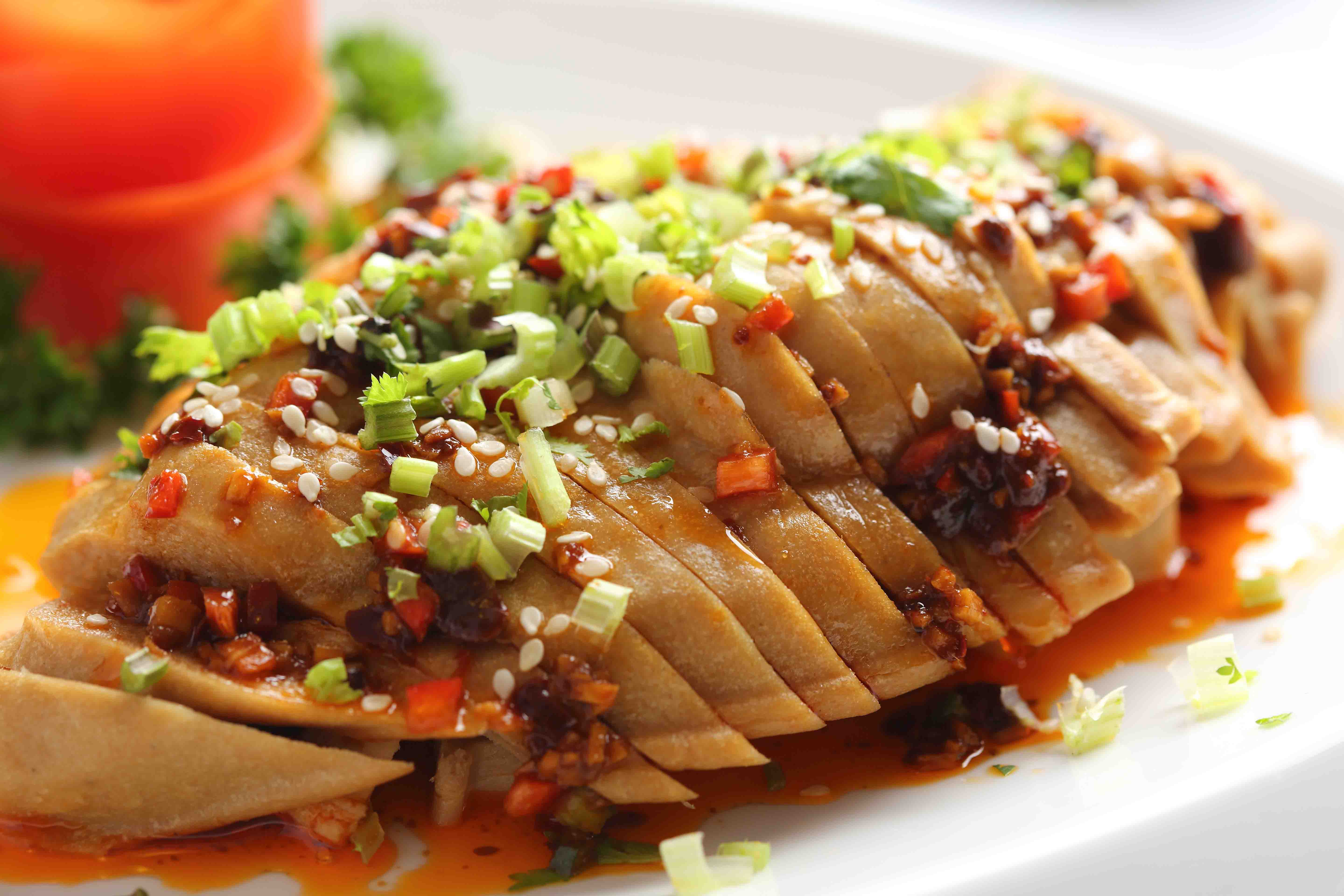
A famous brand in China, Nanshan vegetarian food has been rated as China’s Renowned Banquet and is a necessity in welcoming state visitors.
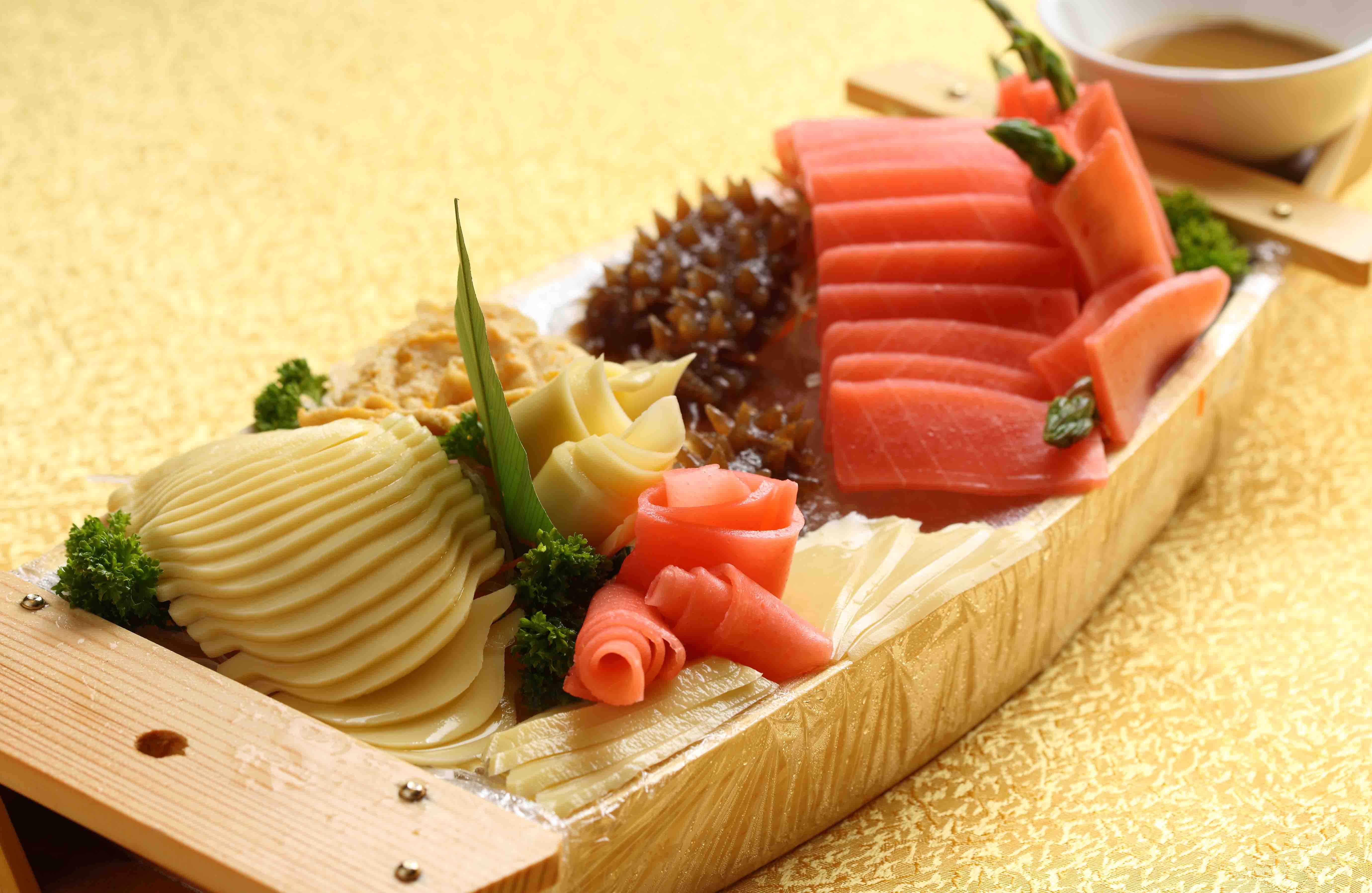
Historical Origin of Vegetarian Food
China’s vegetarian culture has a long history dating back to the Western Han period. Tradition has it that Liuan, the king of Huainan state, discovered the process of making Tofu, which laid a foundation for the development of vegetarian food.
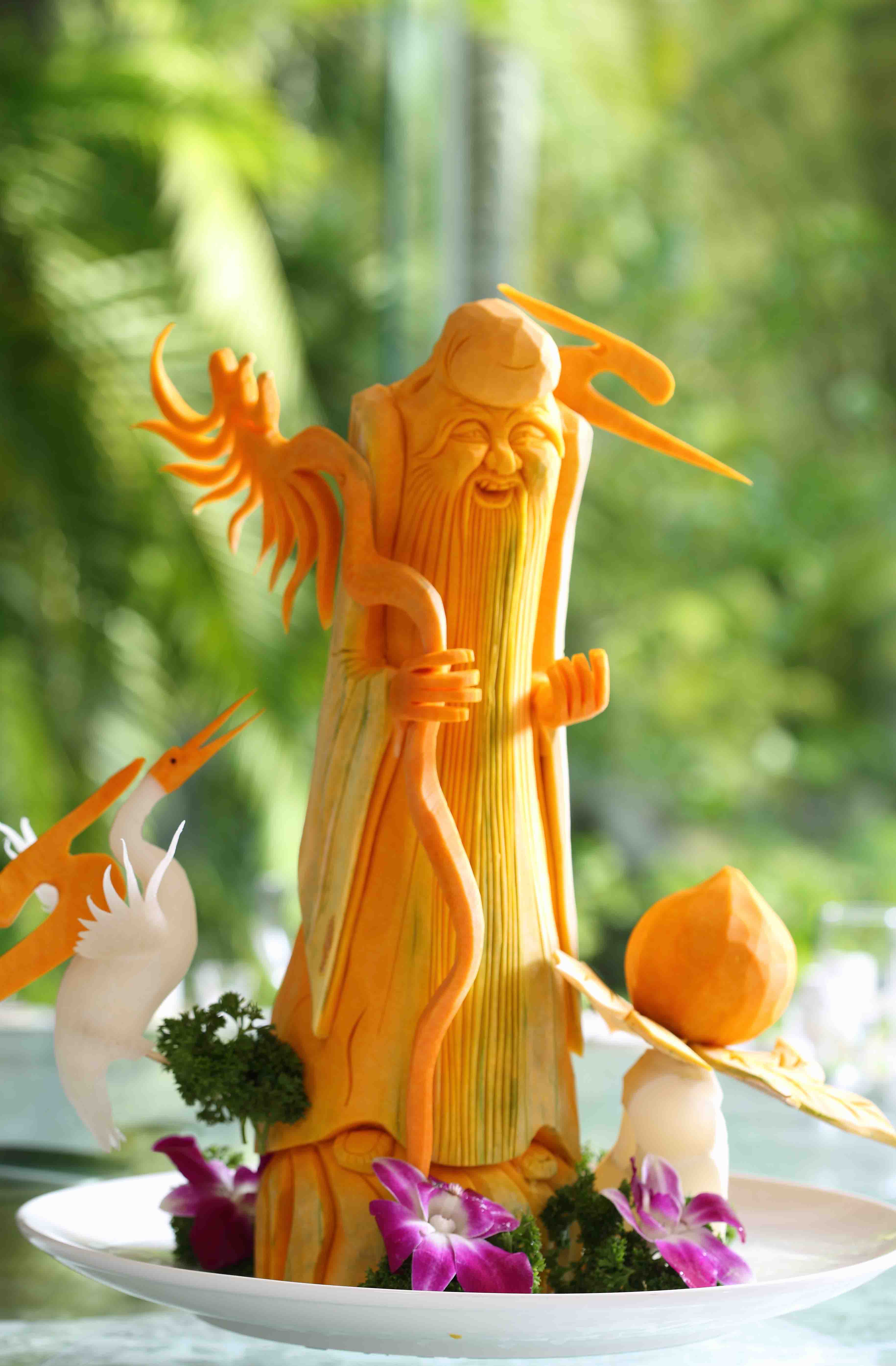
Tofu with quality proteinis an important raw material of vegetarian food. It is recorded in Qi-Min-Yao-Shuof the sixth century,the first book on agriculture,taht one of its chapters focuses on the introduction of 11 types of vegetables and this book is the earliest written record of vegetarian recipe in China. Emperor Wu of Liang(464–549) advocated Buddhism and vegetarian diet,which gtreatly promoted the development of cuisine culture in China.According to Dongjing Menghua Lu and Meng Liang Lu, there were vegetarian eateries in Bianjing of Northern Song Dynasty and Lin’an of Southern Song Dynasty. “Cooking vegetable plate in meat style” was recorded in Shanjia Qinggong, including “fried fish”, “Sheng Roujia”, “steamed chicken”. According to this book, the majority of more than 100 foods were vegetarian diets, flowers and plants, medicine, fruits and bean products. According to Benxinzhai Supu by Chen Dasou, 20 vegetarian diets made by vegetables and fruits were recorded. In the Yuan, Ming and Qing dynasties, vegetable culture experienced prosperity. According to Sushi Shuolve Xue Baochen in Qing Dynasty, 200-plus vegetarian diets were recorded
Chinese vegetarian food went abroad in history. According to A History of Chinese-traffic by a Japanese scholar, Yinyuan, a Chinese monk, brought Chinese cooking, vegetarian cookery included, to Japan when he crossed over to Japan.
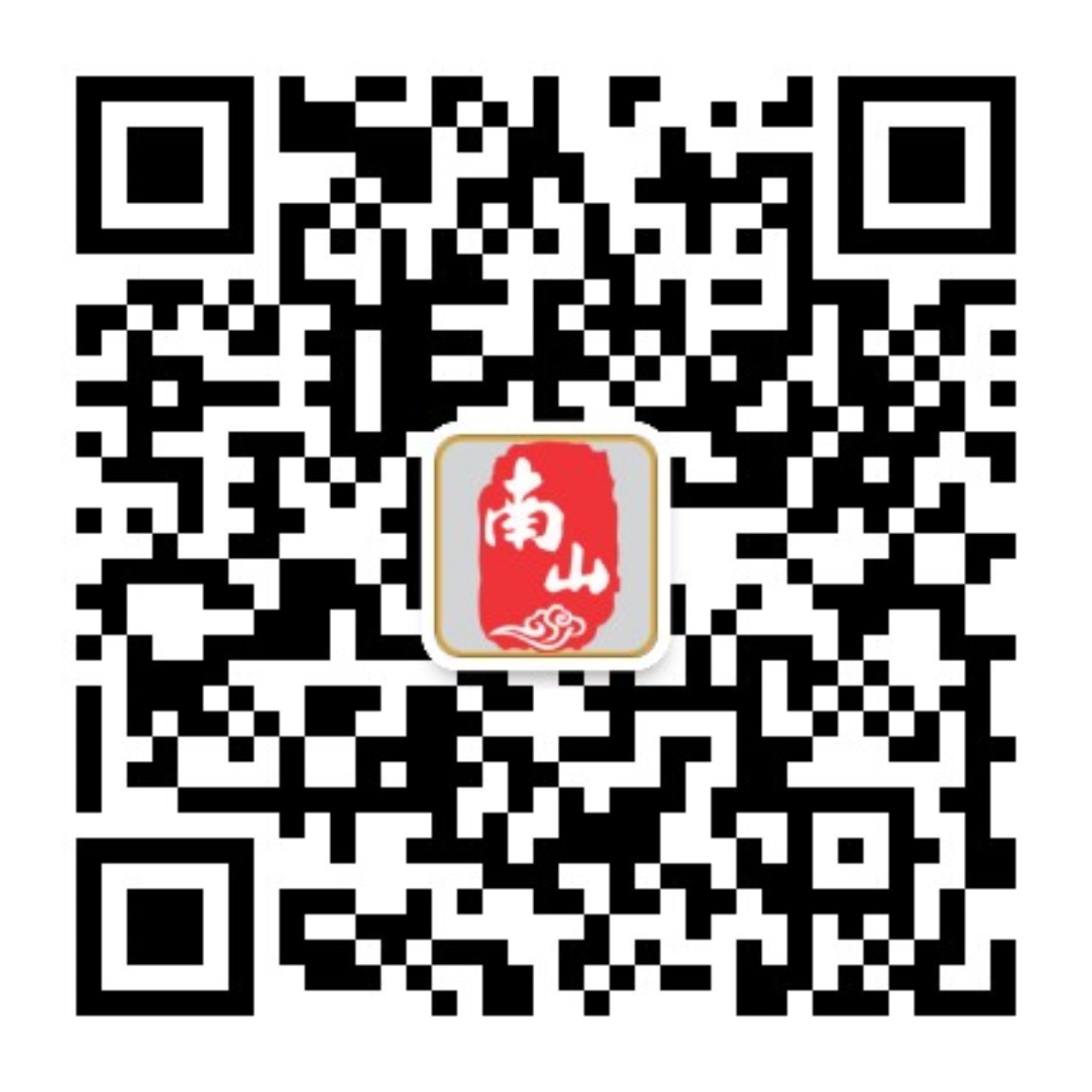


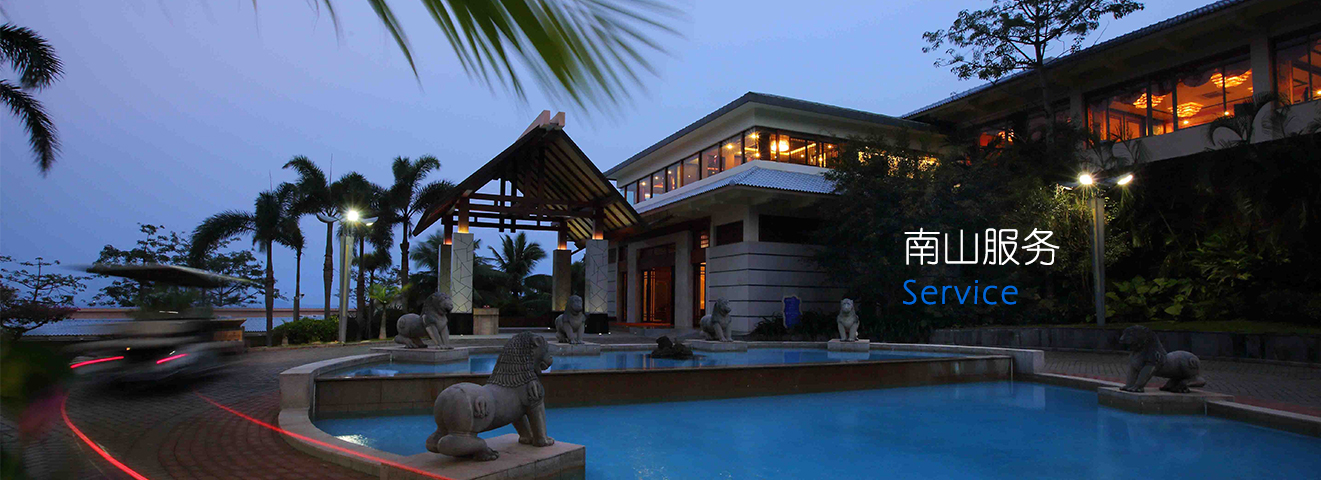
 Tourism Standardization:
Tourism Standardization: